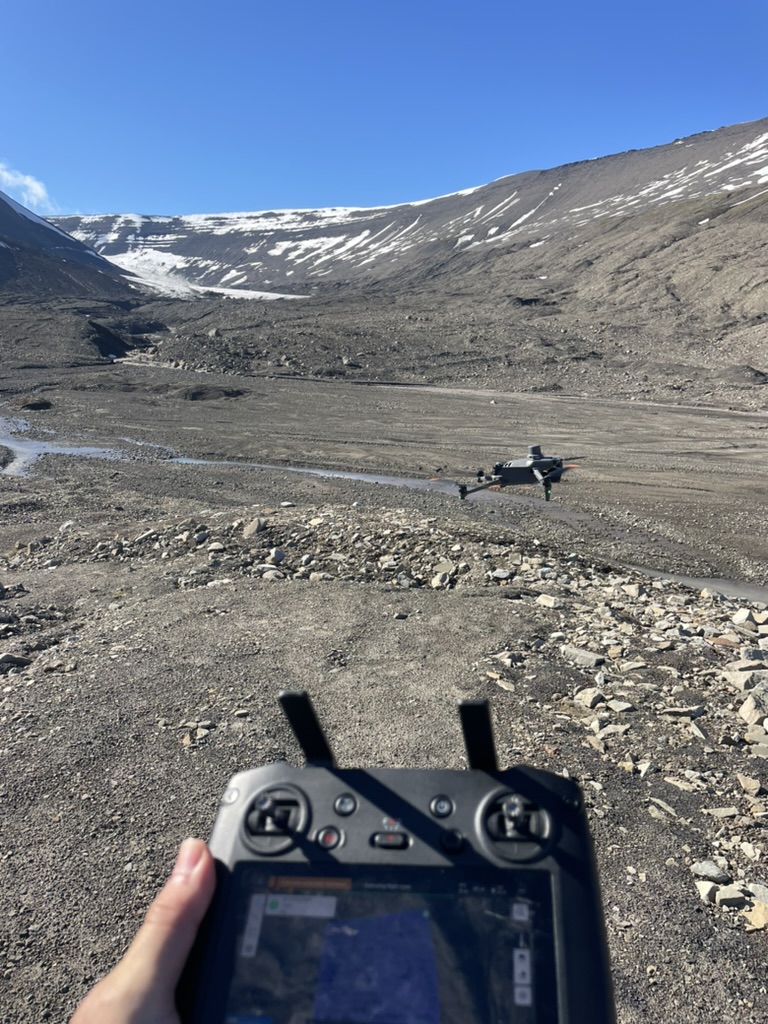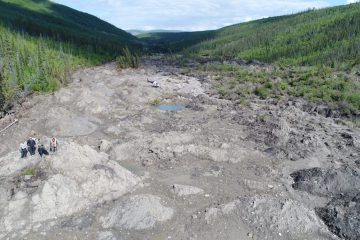Frederic Brieger will be presenting Permafrost Terrain Disturbance Susceptibility in the Nacho Nyäk Tagé (Stewart River) Watershed, Yukon.
Date: 22 January 2025
Time: 13:00-14:00 Eastern Time
Location: Zoom (details are posted in our Teams site).
The Nacho Nyäk Tagé (Stewart River) watershed in the traditional territory of the First Nation of Na-Cho Nyäk Dun (central Yukon) is underlain by extensive discontinuous permafrost and locally highly sensitive to thaw. In addition to impacts from climate change to its ecology, geomorphology, and hydrology, this culturally important area is pressured by mining activities and their environmentally harmful practices. Timely community-led land-use planning is necessary to develop effective management, conservation, and adaptation strategies. My project aims to contribute assessments on the distribution and susceptibility towards permafrost terrain disturbances (PTDs) in the watershed to the undergoing land-use planning process.
A total of 277 PTDs including 80 retrogressive thaw slumps (RTSs) were mapped in satellite imagery to understand the current spatial distribution of thaw-induced geohazards in the watershed. PTDs are indicators of sensitive permafrost terrain that is likely to respond strongly to climate change. RTSs in particular are indicative of thawing ice-rich permafrost and have increased in frequency and activity. Along the banks of Nacho Nyäk Tagé, they are typically associated with ice-rich glaciolacustrine sediments or tills, as validated by field observations.
Terrain susceptibility towards PTDs was modelled using random forest machine learning at a 16 m spatial resolution and revealed distinct spatial patterns related to the physiography and climatic history of the region. Tenfold cross-validation resulted in an average AUROC of 0.89, indicating high accuracy of model predictions. RTSs are predominantly found on gentle, northwest to northeast-facing slopes and riverbanks consisting of fine-grained glaciogenic sediments from the late McConnell glaciation.



















